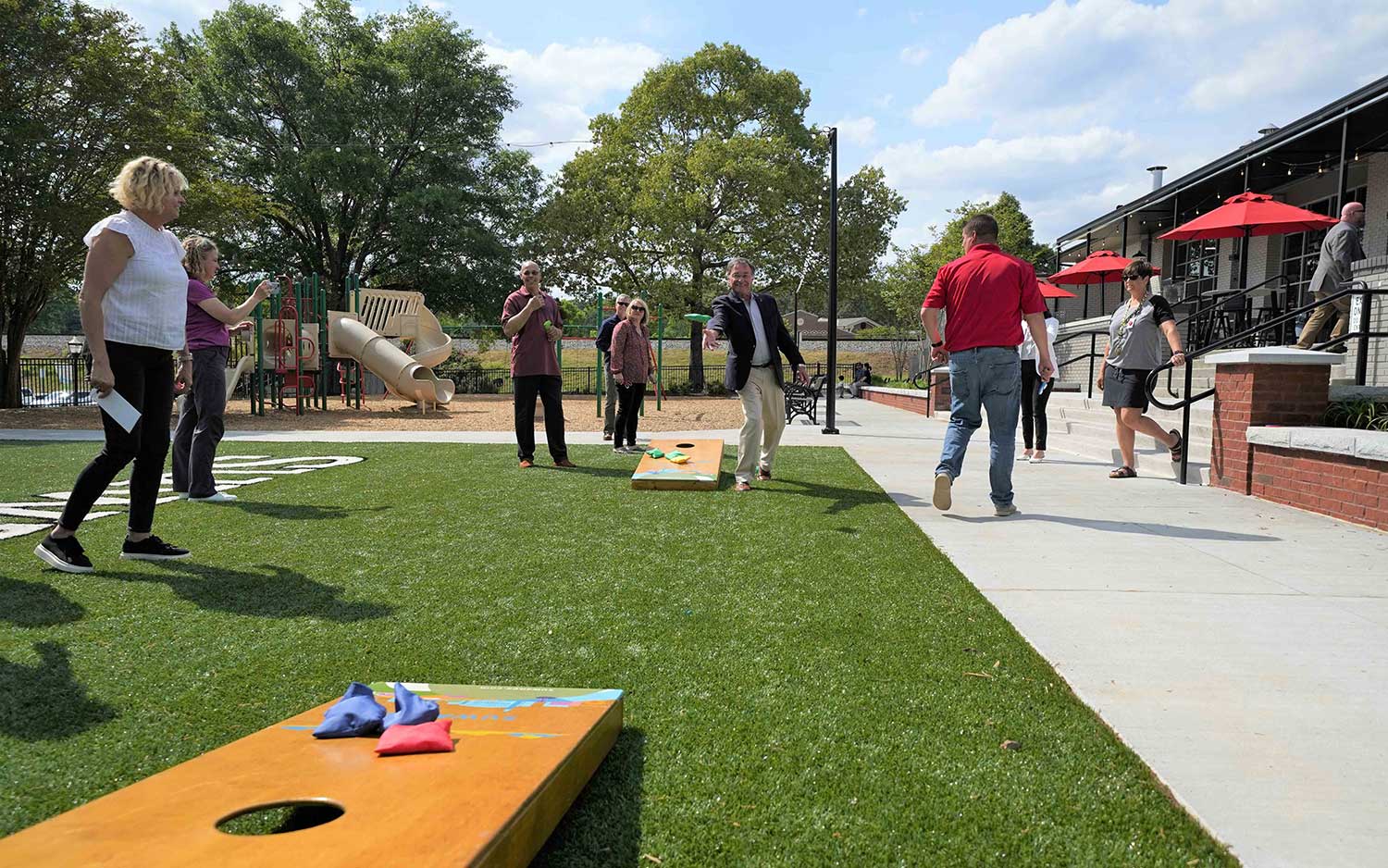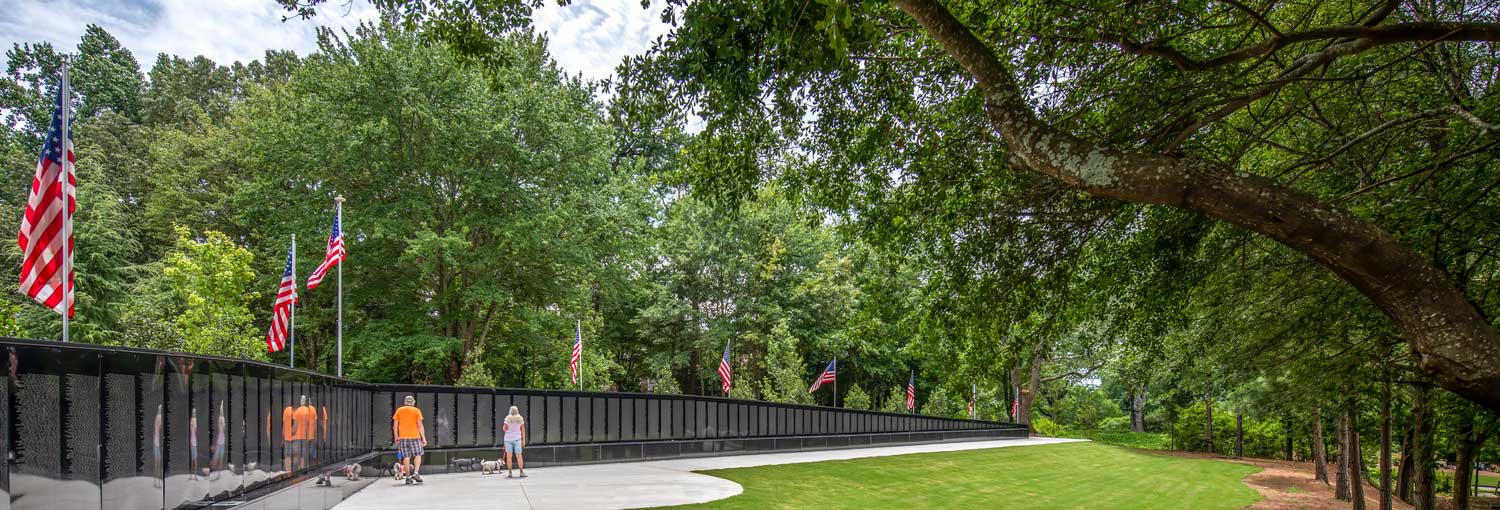Share This Story
Parks are for People
People view parks as an extension of their home — a place to socialize and participate in activities they cannot otherwise enjoy in their own living space. Population demographics, interests, lifestyles, and even pets are among several key drivers that are influencing park design trends today.
Changing Demographics
Current population demographics are vastly different from those of previous generations. For starters, people today are opting to marry later in life and have fewer children. There has also been a steady increase in the number of single adults, single-parent families, and families with no children.
As a result, the demand for the more traditional programs, activities, and competitive sports provided by local parks and recreation departments has significantly declined. Instead, the demographic change has yielded a greater push for parks to include a variety of trail options to support individual recreation as well as more open greenspace, and fields for socializing and free play.

Rendering concept for the Chamblee Mobility Hub in Chamblee, GA features walking trails and greenspace to support a variety of recreation needs.
A Sign of the Times
Generational factors have also influenced park design. For instance, sports like golf are often viewed as frustrating, time consuming, and expensive by Millennials and Generation Z. And as the large Baby Boomers continue to retire, they have turned towards less-taxing, leisure activities like walking, bird watching, and fishing.
The changing interests of each generation have caused parks to pivot and provide ample space for less vigorous activities via the inclusion of walking trails, picnic sites, space for lawn games like cornhole, and even Pickleball courts.

Suwanee city officials play a game of cornhole at Station Park in Suwanee, GA.
All-Inclusive
When it comes to ensuring inclusivity for all ages and abilities, trends like variable walking surfaces and ease of access are just a few design choices often applied in today’s park designs. Adaptive, “inclusive playgrounds” are also trending for children of all ages. These playgrounds are designed to encourage children with and without special needs to play together in a safe and all-embracing environment.
Made in the Shade
Shade is necessary, but not always available naturally, especially in urban parks and parks with little or no natural tree canopy. To address this, designers must utilize a variety of man-made options to creatively provide protection from the sun. In addition to robust tree planting where possible, incorporating linear green space and trail corridors can help provide shaded connections to parks and trail networks. Strategic night lighting has also become more popular to encourage patronage after dark when parks are cooler.

Large tree coverings provide sun relief for people visiting The Wall That Heals Vietnam Memorial Park in Johns Creek, GA.
Technology Integration
As society continues to embrace modern technology and businesses continue to support a remote workforce, access to technology outside of the home is considered a necessity by most. Outdoor charging stations, workstations, Wi-Fi, and auto charging stations are now being incorporated into many park designs. Additionally, rising safety concerns have prompted greater use of video surveillance in parks; and since solar-powered chargers and cameras do not need access to a power source, these features are being incorporated virtually anywhere there is sunlight.
New Best Friends
Since pet adoptions rose significantly during the pandemic, this craze has fueled a greater demand for open greenspace and dog parks. Especially in urban settings where greenspace is a premium, a dog park may be the closest thing to a lawn that people and their pets can experience together.
Dog parks are evolving, too. As a trendy outdoor social gathering place, many of the newer dog parks include adjacent bars, restaurants, music venues, and restrooms so that patrons can socialize and stay longer.

The pet-friendly Suwanee Town Center Park in Suwanee, GA has terraced lawn seating and is adjacent to retail shops and restaurants.
Parks are for people, but it is people that drive the design. Designs for active, passive, and hybrid parks have always been influenced by the interests, lifestyles, and needs of humans. Although trends will come and go, these influences will remain constant. Designers, planners, and parks and recreation departments should examine, embrace, and apply ever-evolving societal trends to develop innovative, usable, and enjoyable parks for the public.
What will tomorrow’s generation design?
